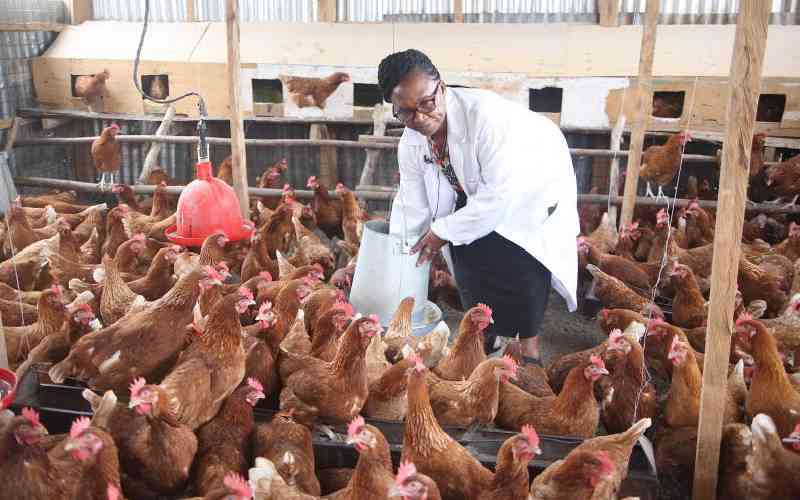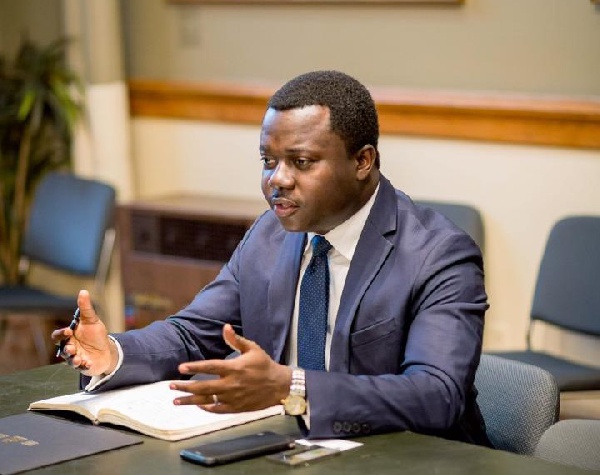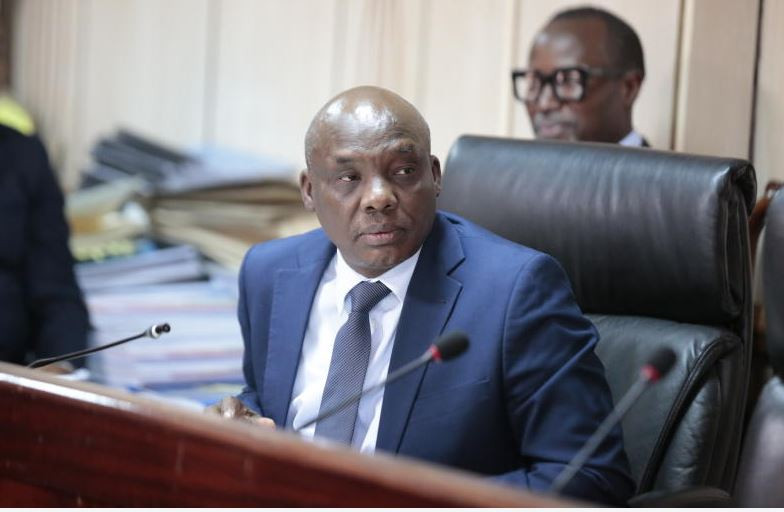
Rome hosted a scaled-down version of the United Nations biodiversity conference this week, picking up where October’s official COP16 meetings in Cali, Colombia, left off.
Unlike the ruins of the massive ancient Roman chariot-racing stadium, Circus Maximus, just across the street, everything about COP16.2 was miniature. Around 23,000 attendees went to Cali, while There were no side events, only two temporary exhibits, and just a single hut served coffee.
That small size allowed for . Parties came this week to finish what they couldn’t in 2024. But despite that focused intent, the talks went down to the wire, with delegates leaving pretty much everything they came to discuss still unresolved at the beginning of the third and final day.
Delegates circulating the Food and Agriculture Organization headquarters in Rome seemed to have radically different perspectives on the meetings throughout the week. and get this done, and, wondering if agreement was even possible.
On the final afternoon, a small group of delegates representing the major voices in debate spent several hours in a closed-door meeting working out a compromise. In the lead-up to the final plenary, scattered laughter and clapping came from the India Room, where these private meetings were held.
At 1:42 a.m. local time, parties managed to strike a deal. The gavel came down, and it was all done.
A six-page finance strategy that helps guide countries on the previously agreed goals of raising $200 billion per year and reducing harmful incentives by $500 billion per year, with a deadline of 2030. The decision was met with tears and applause.
“. People at the end were very happy with the result,” said David Cooper, who was attending COP16.2 as an adviser for the U.K. delegation and is the former deputy executive secretary of the CBD secretariat. “These decisions were not adopted reluctantly, but enthusiastically.”
Decisions on a financial mechanism, a monitoring mechanism for the Kunming-Montreal Global Biodiversity Framework, and a text on planning, monitoring, reporting, and review, or PMRR, followed.
“The applause is for all of you,” said COP16 President Susana Muhamad. “You have done an amazing job.”
Cooper said that the new text added “clarity” on how the process will move forward, and the negotiations improved “trust and understanding between the global north and global south.”
Still, and kicks the can down the road for one of the most contentious parts of this debate: Whether the Washington-based Global Environment Facility, or GEF, would remain the primary financing mechanism, or if a new fund will be created.
One of the biggest points of contention out of Cali was whether the GEF would continue to be the primary financial mechanism for biodiversity. Low- and middle-income countries, specifically the Democratic Republic of Congo and Bolivia, have criticized the fund as being controlled by wealthy Western nations, while several of those high-income countries have said that a new fund would only further complicate financial access.
in 2028 — two COPs from now. The wording in the agreement struck a balance: It specifically states that the Convention on Biological Diversity recognizes that the operation of the financial mechanism “can be entrusted to one or more entities, new, reformed or existing.”
The agreement reiterates the key points from the Kunming-Montreal Global Biodiversity Framework, which was agreed in 2022. Remember, it calls for both $200 billion in annual funding from “all sources,” including the private sector and financial institutions, and sets a goal of reducing harmful incentives by $500 billion per year — so for those doing the math, that’s $700 billion.such as biodiversity offsets, carbon credits, and debt-for-nature swaps.
The agreement does not go into specifics on which countries these funds would come from.
What climate finance is flowing to the most vulnerable countries? (Pro)
+ Start your 15-day free trial today to access all our expert analyses, insider insights, funding data, events, and more. Check out all the exclusive content available to you.
, adding a line in the resource mobilization text that the convention will try to reduce the financing gap by “assessing and improving the mobilization of finance from all sources” — language that is absent from the text that came out of Cali.
It also with multilateral development banks and more effective monitoring and transparency.
The agreement addresses the issue of debt in developing nations, calling for a study on debt sustainability and nature protection as well as better coordination between ministers of environment and finance.
The week began with an early celebration. The Cali Fund — which encourages large companies that use biodiversity's genetic data for their products to pay 1% of their profits or 0.1% of their revenue into a fund — was operationalized.
Hypothetically, it’s a great idea — a blended finance mechanism that gives private companies a mechanism to invest in the biodiversity they use. But in reality,
Though there were only a handful of business representatives present at the Rome meetings, those I did speak with showed . They insisted that there was a lot of interest among businesses to contribute to the Cali Fund. However, there has been no official expression of interest from any company.
Bayer, the German multinational pharmaceutical and biotechnology company, told Devex that they are “committed to engaging the Cali Fund” but that they are “currently analyzing the conditions” under which they can make “fixed payments.”
Syngenta, an agrochemical company based in Switzerland, said that they are “still considering the implications” and referred me to the International Chamber of Commerce, or ICC.
Several other organizations referred me to industry associations, which had published vague statements in November after the fund was announced. The secretariat also said that companies were interested, but would not share any names.
One business representative in Rome said, and that corporations are waiting for detail, though would not explain what kind of detail they were waiting for.
Cali Fund launches, calling companies to fund biodiversity protection
, who led negotiations with efficiency and precision. By the end, the standing ovation seemed to be more for her than the agreement. But overall, the outcomes were mixed.
and very little specificity emerged on meeting the finance goal. This all happened in the context of a crumbling aid dynamic throughout the Western world. The conference started on a disappointing note when the United Kingdom announced that it would be cutting its aid budget from 0.5% to 0.3% of gross national income by 2027.
This was also . Though not an official party to the convention, the U.S. was instrumental in finalizing the pivotal Kunming-Montreal Global Biodiversity Framework in 2022. Back then, U.S. Special Envoy for Climate John Kerry had led behind-the-scenes conversations and lobbied allies to push for the framework’s adoption and ambition. The U.S. also helped secure private sector support, with U.S.-based philanthropic organizations such as the Bezos Earth Fund pledging $5 billion.
“Even though the U.S. has not been a party, it was very much engaged in the process that led to the Kunming-Montreal framework,” a delegate who asked to be anonymous told Devex in the corridors of COP16.2. “And under the last administration, they were very supportive of that process. But we don’t know now.”
The delegate said that the current U.S. administration’s views on climate are likely “in the back of everyone’s mind” but the U.S. has not featured in discussions.
“The focus here is on the commitments,” Jill Hepp, senior director at Conservation International, told Devex. “The U.S. hasn’t come up.”
Cooper said that the environment of cooperation bodes well moving forward. “There was a strong in these more difficult geopolitical times,” he added.
Before nations meet again in Yerevan, Armenia, next year for COP17, we are likely to see a slew of headlines about the rapid decline of biodiversity. In May 2023, research published in Biological Reviews found that
But for now, nations leave Rome satisfied that they have closed the books on COP16.
As the US retreats from climate finance, can philanthropy fill the gap?
Sign up to Newswire for an inside look at the biggest stories in global development.










